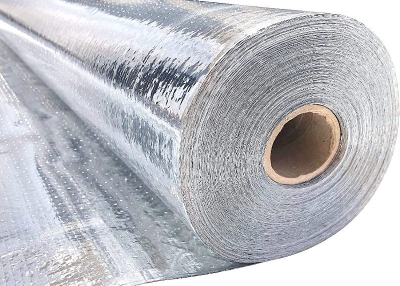Radiant Barriers: Enhancing Energy Efficiency
Radiant Barriers: Enhancing Energy Efficiency
A radiant barrier is a material with a low emissivity and high reflectivity giving it the ability to virtually stop the transfer of radiant heat or thermal conductivity. This allows the radiant barrier to reduce heat gain in the summer and heat loss in the winter, thus reducing the net
heating and cooling needs of the structure. A radiant barrier is a type of insulation that is typically installed in a home’s attic space to reflect heat, thereby reducing the amount of heat that enters or leaves a home. The barrier consists of aluminium foil that’s highly reflective to act as a barrier to extremely high or low temperatures that would otherwise affect the temperature within the home.

During the hot summer months, radiant barriers reflect the sun’s heat away from the house, keeping it cooler. In winter, they help to retain heat inside the home by reflecting the heat back into the living spaces.
.jpg)
Radiant barriers can effectively block most of the heat coming in or leaving any structure. According to studies done by U.S. Department of Energy, it is generally accepted that installing radiant barrier in the attic reduces heat gain through the ceiling by 40% typically leading up to a 17% reduction on heating and cooling utility bills.
The health benefits of radiant barriers are that they are non-toxic and non-carcinogenic. Like most of the other products, radiant barriers also come in a variety of different shapes, sizes, styles and qualities. Quality of the radiant barrier may vary drastically from manufacturer to manufacturer.
The reflectance and emittance are crucial parameters while comparing various types of radiant barriers. A good double-sided radiant barrier is recommended as it provides radiant heat reflection in both directions making it helpful in both summer and winter seasons.
Radiant barriers are most effective in hot climates where cooling costs are a significant portion of energy expenses. In cooler climates, the benefits may be less pronounced.
The most common installation areas are attics and roofs, where the barrier can reflect the sun’s heat before it enters the living space. Installation in walls can also be effective but is less common. Be sure to assess your specific needs and consult with a professional to determine the best installation strategy for your home/office/commercial establishment.




